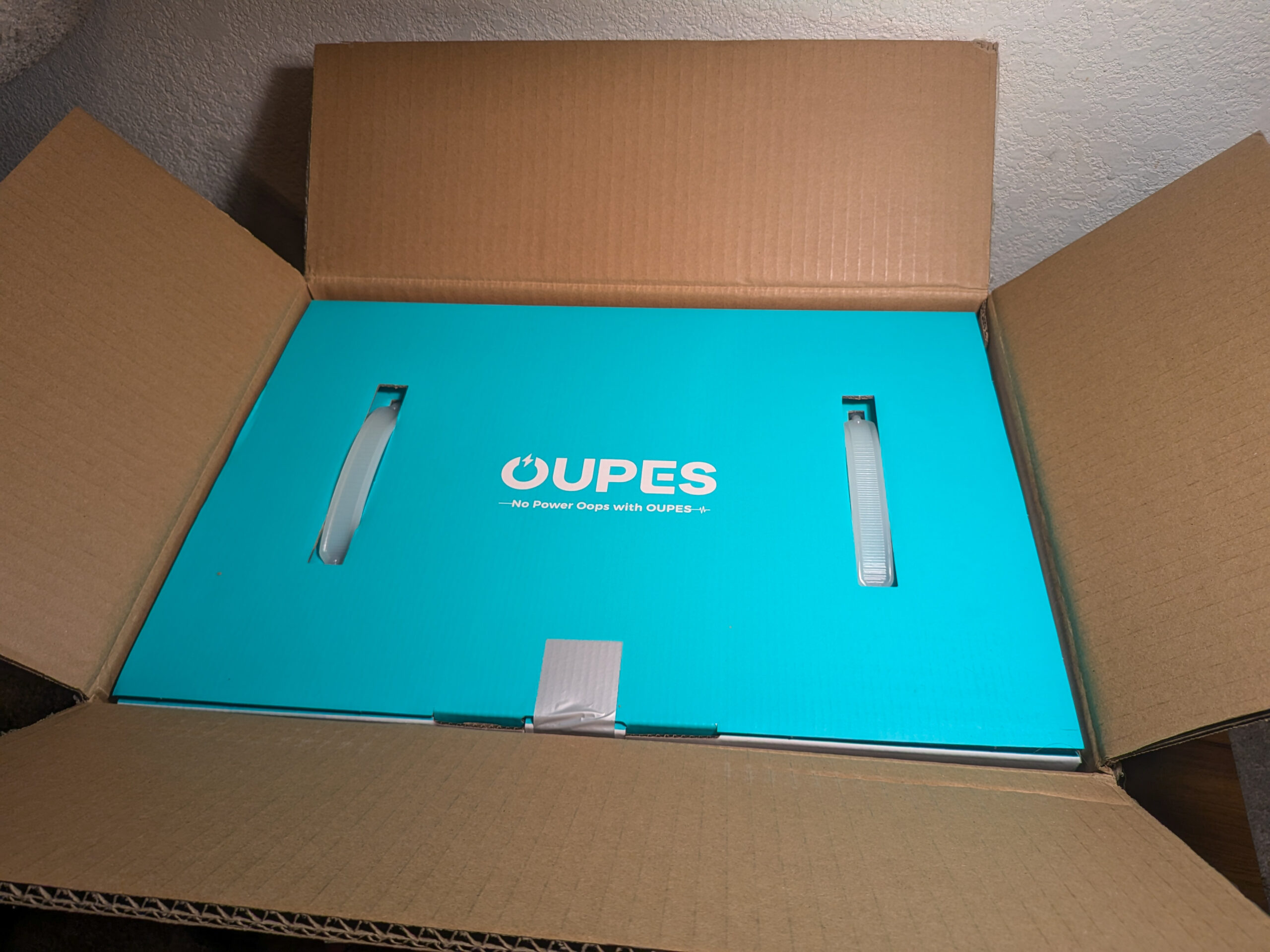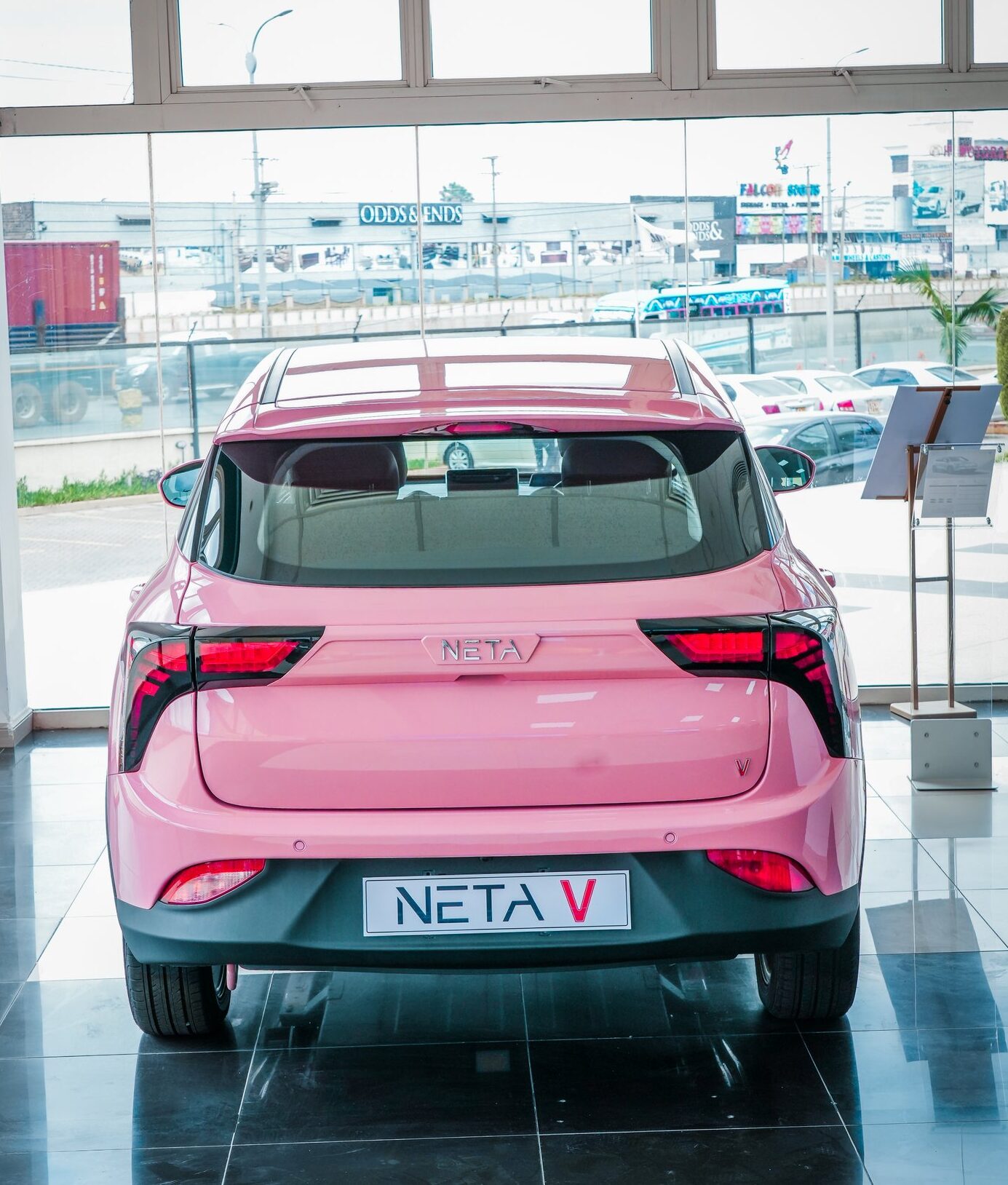Sign up for daily news updates from CleanTechnica on email. Or follow us on Google News!
The Bureau of Land Management recently called for comments on a proposal to raise prices at Long-Term Visitor Areas in Arizona and California. In this article, I’m going to explain why this is an important issue to the cleantech community and why jacking up the prices isn’t a great idea.
The Nomads Who Depend On Clean Technologies To Survive On Almost Nothing
In the film Nomadland (2021), the main character, Fern, goes on a journey all over the United States, but it’s not a journey she ever planned to make. With the closure of a factory in Nevada followed by the death of her husband, she had no place to go. Instead of choosing whether to eat or pay some bill, she chose a third option: to live in a van. Facing a cold, cold winter up north, she makes her way down to Quartzsite, Arizona, after her seasonal Amazon job ends.
In Quartzsite, she connects with Bob Wells, played by Bob Wells, a real-life guy who has helped thousands of people get out of the same kind of bind by building a quality life on the road. She was far from the only retiree facing an inability to pay the bills, and met a number of other people who chose the same path forward. In the desert of Arizona, she learned some valuable skills and made some good friends who she meets later as she travels around seeking seasonal jobs in far-flung places.
While Fern was a fictional character, her story is far from fictional. The movie itself was based on a 2017 book that told the real stories of involuntary nomads in the United States. Like their movie counterparts, BLM lands outside of Quartzsite, Arizona, are a popular destination because the weather is good when most of the rest of the United States is just too cold for van life. It’s also popular with nomads because there are “long term visitor areas” (LTVAs) where you can secure an off-grid campsite for only $180 and be able to stay for up to 7 months!
The LTVAs are popular with van dwellers on a budget because camping in established RV parks can be almost as expensive as renting an apartment. Having access to water, electricity, and sewer is nice, but prices are usually higher than $50 per night. You can save a few bucks by paying a month at a time at some parks, but then you usually have to pay an electric bill, pushing the cost up beyond what many of the poorest retirees can afford.
But the LTVA is only $25 per month. If you can survive without utilities, that’s the cheapest rent anywhere that lets you stay more than 14 days (you can stay on many other public lands for free, but you can’t stay in one area for more than two weeks).
To survive without power and water connections, nomads living near Quartzsite, Arizona, turn to solar, battery storage, and other efficient technologies. Some van dwellers build a professional-level solar setup permanently mounted to the roof with a bank of batteries mounted. Many others, lacking low-voltage electrical skills or money to hire an electrician, turn to the same power stations and solar generator setups we often review here at CleanTechnica.
The needs of overlanders and van dwellers have often led to important feedback to manufacturers, who have in turn designed even better products that could survive and thrive in outdoor use. This includes improved methods for charging power stations, such as EcoFlow’s alternator charger product that allows people to rapidly charge a power station without solar or grid power.
Another important contribution van dwellers have made to our community is reviews! People like Bob Wells not only share reviews of clean technology products, but help make a living with things like ad revenue, commissions, and more.
In other words, we wouldn’t be where we are today with portable and user-friendly clean technologies without them.
BLM’s Plan
Sadly, the popularity of places like Quartzsite extends far beyond the nomads who count on it to have a place to live for part of the year. Other groups, like “snowbirds” (Canadians who drive motorhomes south for the winter), wealthy travelers, influencers, and others looking to warm up all flock to Quartzsite, Yuma, and eastern California every year. There are big events, including RV shows with multi-million dollar land-yachts, that draw people in from all over the world.
Because these areas are getting so popular, it does honestly put a strain on BLM resources. More law enforcement rangers are needed, and things like bathroom and water station maintenance aren’t getting the attention they need. Even when people are prepared to live off-grid, a population the size of a city out in the desert still requires government services.
To be perfectly fair, there are people who can afford an increase from $180 to $600 for their 7-month stay. It’s silly to feel bad for someone who shows up in a million-dollar RV who might have to pay a few hundred extra bucks for their long vacation to escape the cold, right? Even people showing up with a $70,000 pickup truck and a $50,000 fifth-wheel camper with three axles and four king beds can afford to pay for the services they’re taking advantage of.
So, it does make at least some sense that BLM wants to do this.
Taking Care Of Everybody
While there are good justifications for raising the fees, it’s hard to not look at the proposed pricing change and not see it as an attempt to get rid of the “homeless.” To people in an expensive rig, people in a busted old van might seem to be homeless “bums” taking advantage of a recreation area to live cheap, but for people who worked 40 years and got dumped off on the fringes of society by an ungrateful world, a rough-looking van is not only a lifeline, but a way to take back some enjoyment that would otherwise be missed out on in the waning years.
While the people subsisting in the LTVAs part of the year might appear to be taking a free ride, nomads of all ages are either paying taxes on part-time seasonal work or remote work, or paid a lot of taxes over the years. To jack the prices up for them isn’t as fair as it might appear at first glance. It’s adding insult to injury.
It might make more sense to create a tiered rate schedule based on the age or size of vehicle. Tent campers and people in vans (especially older ones) should pay only a basic fee, perhaps cheaper than today’s $180. People with a newer motorhome or large trailer should be paying a larger fee that they can clearly afford. People in the middle, say someone pulling a little trailer with a Chevy Bolt (that’s me), should probably be paying something in the middle.
Either way, BLM needs to find a better way to cover the bills without taking it out on the people who can’t afford it.
Featured image by the Bureau of Land Management (Public Domain).
Have a tip for CleanTechnica? Want to advertise? Want to suggest a guest for our CleanTech Talk podcast? Contact us here.
Latest CleanTechnica.TV Videos
CleanTechnica uses affiliate links. See our policy here.
CleanTechnica’s Comment Policy





